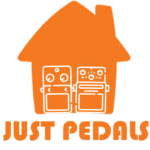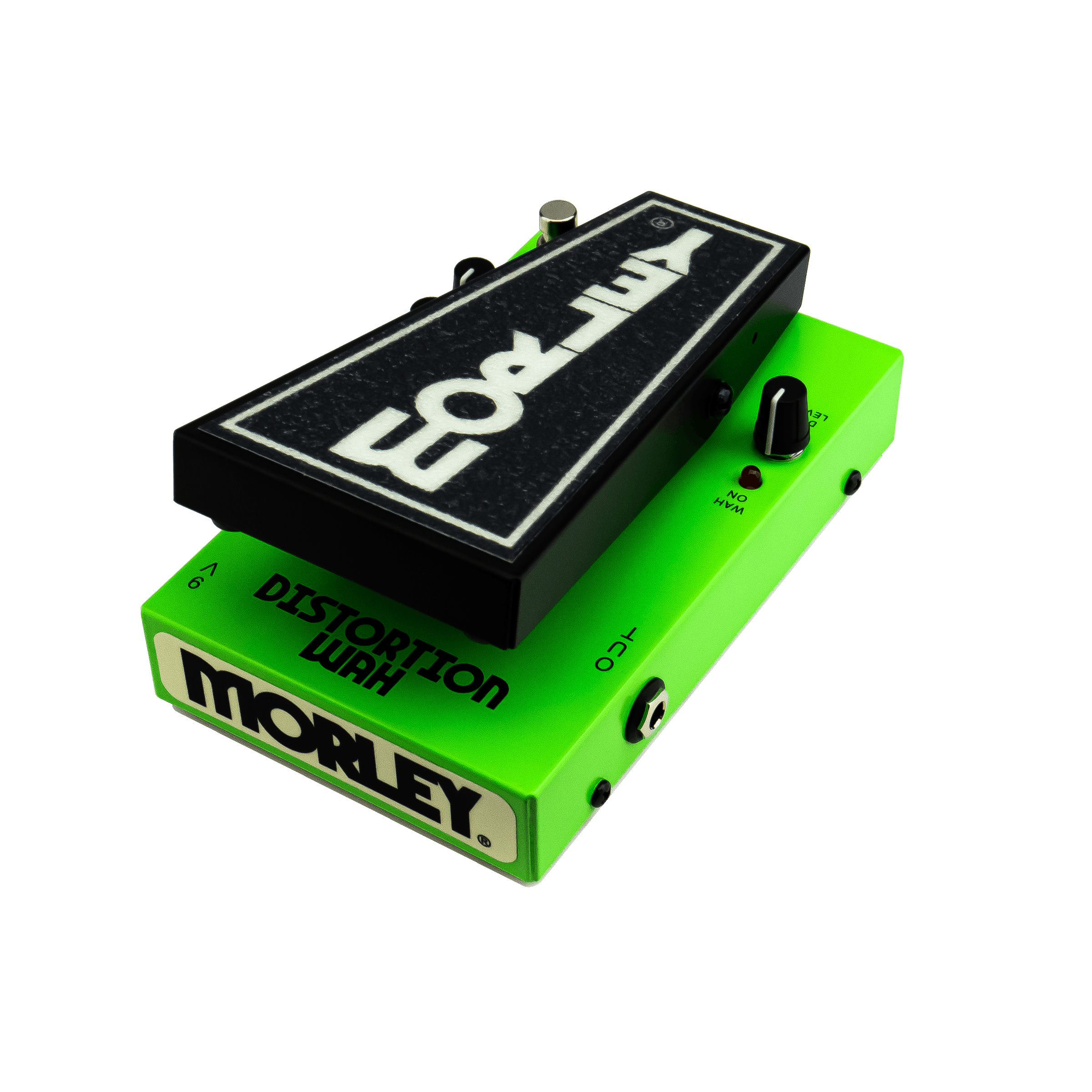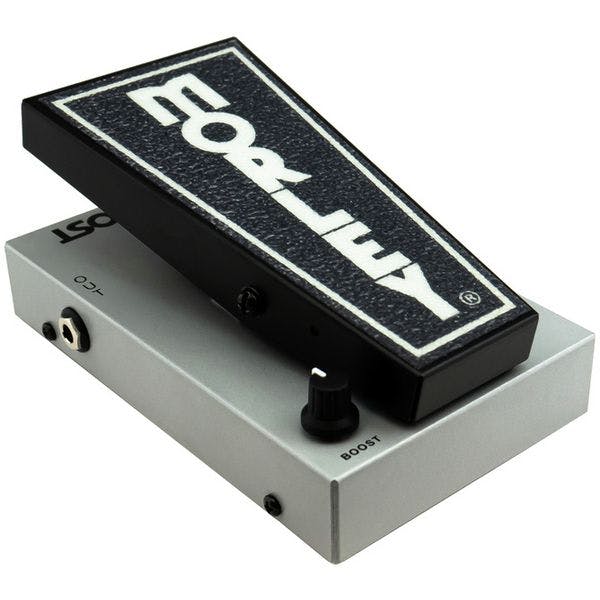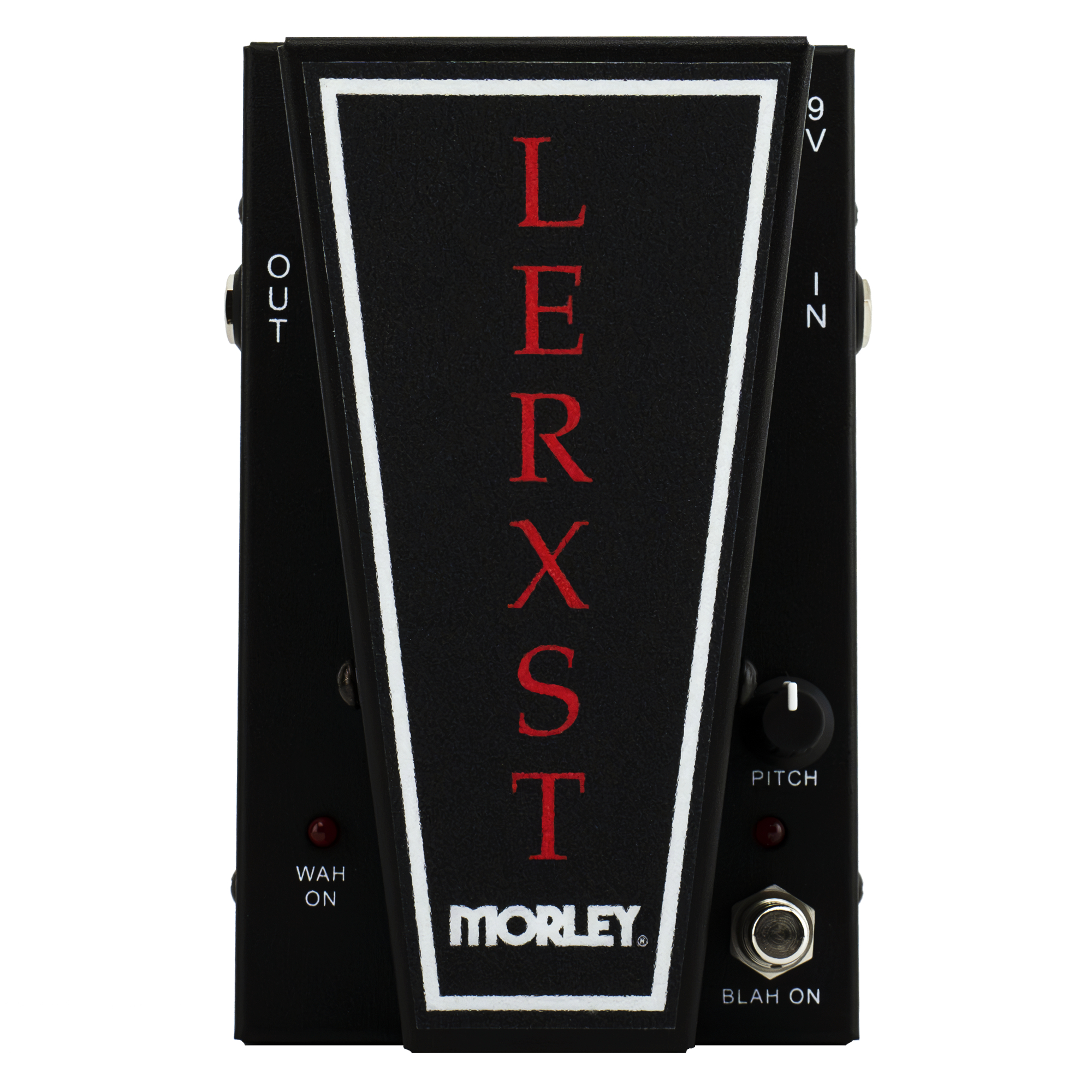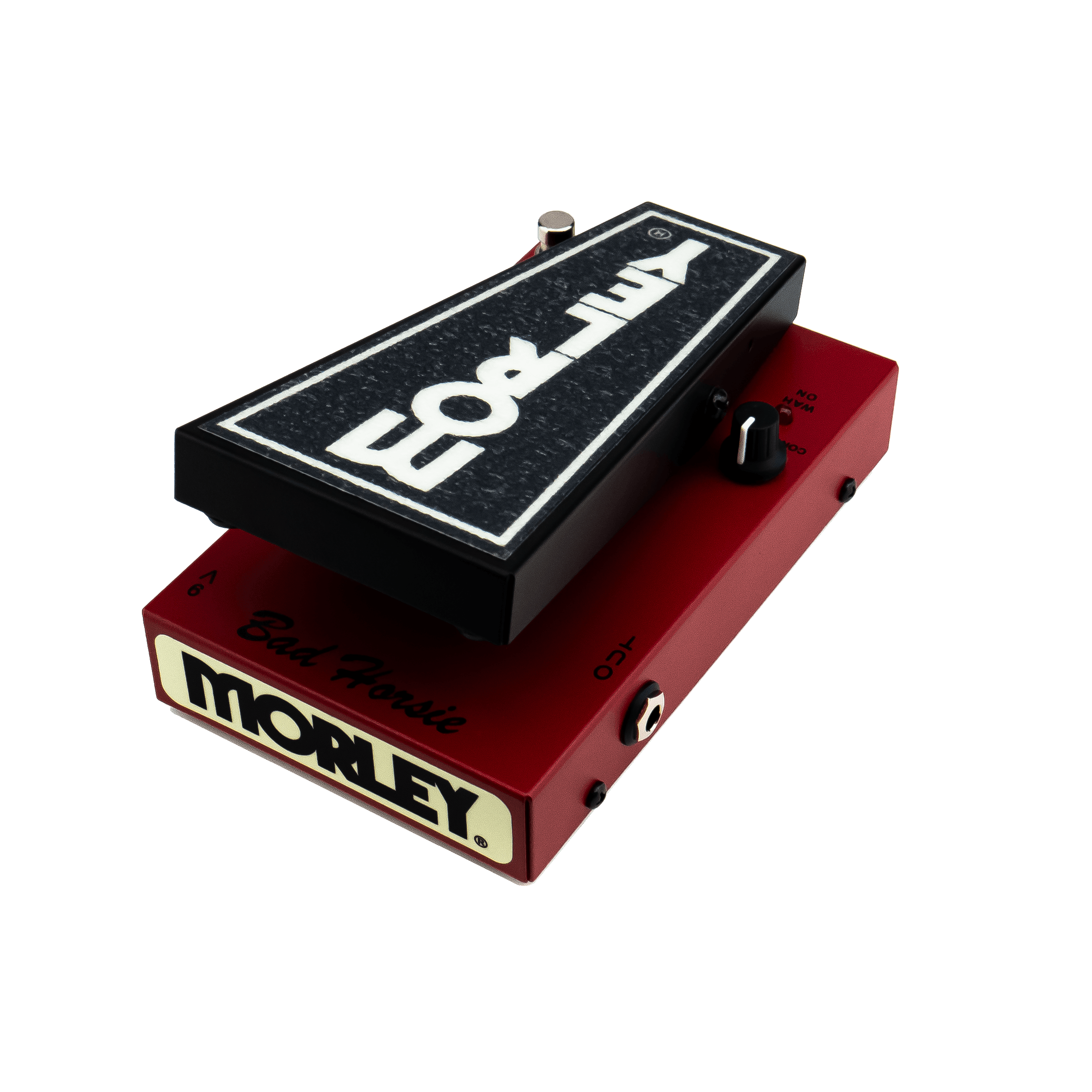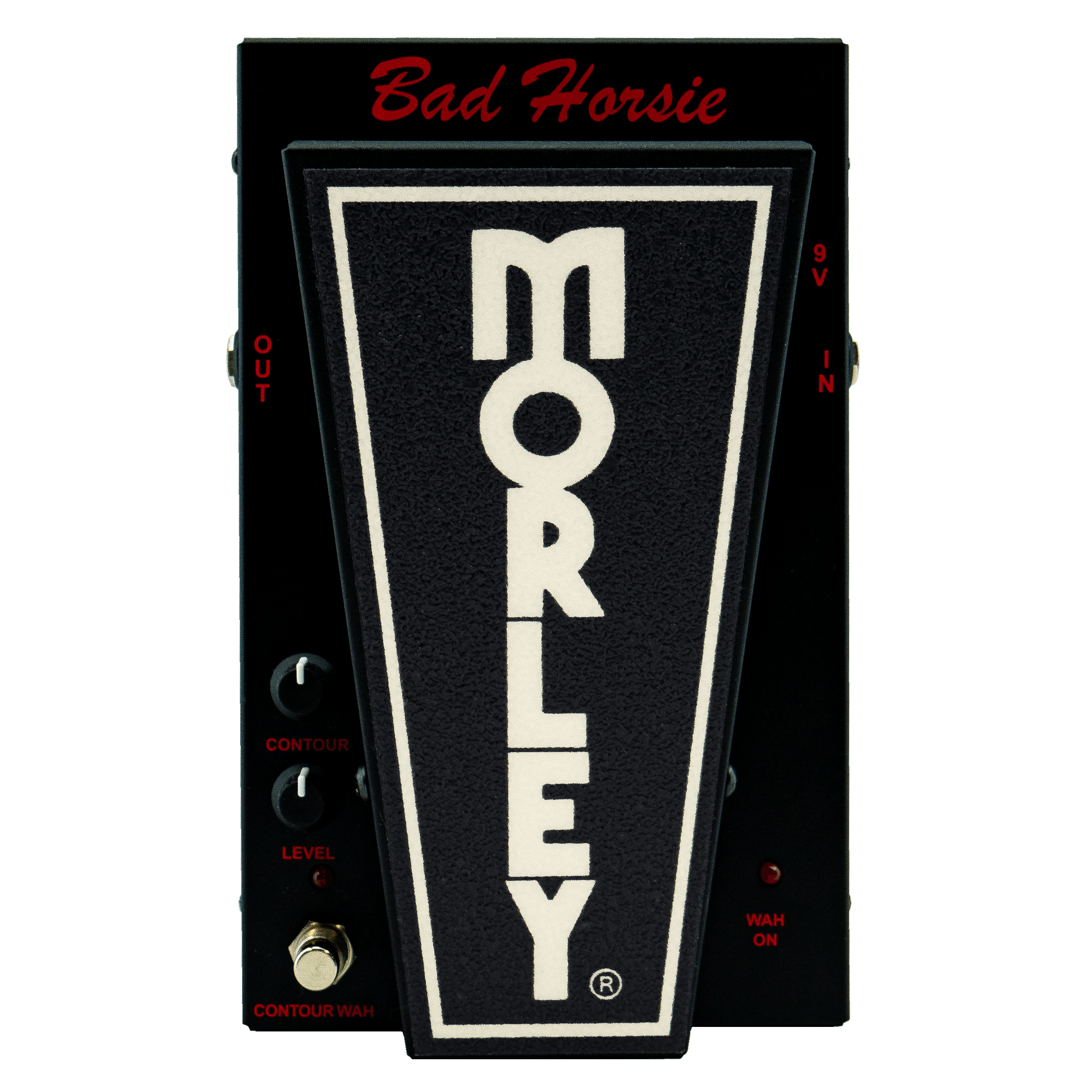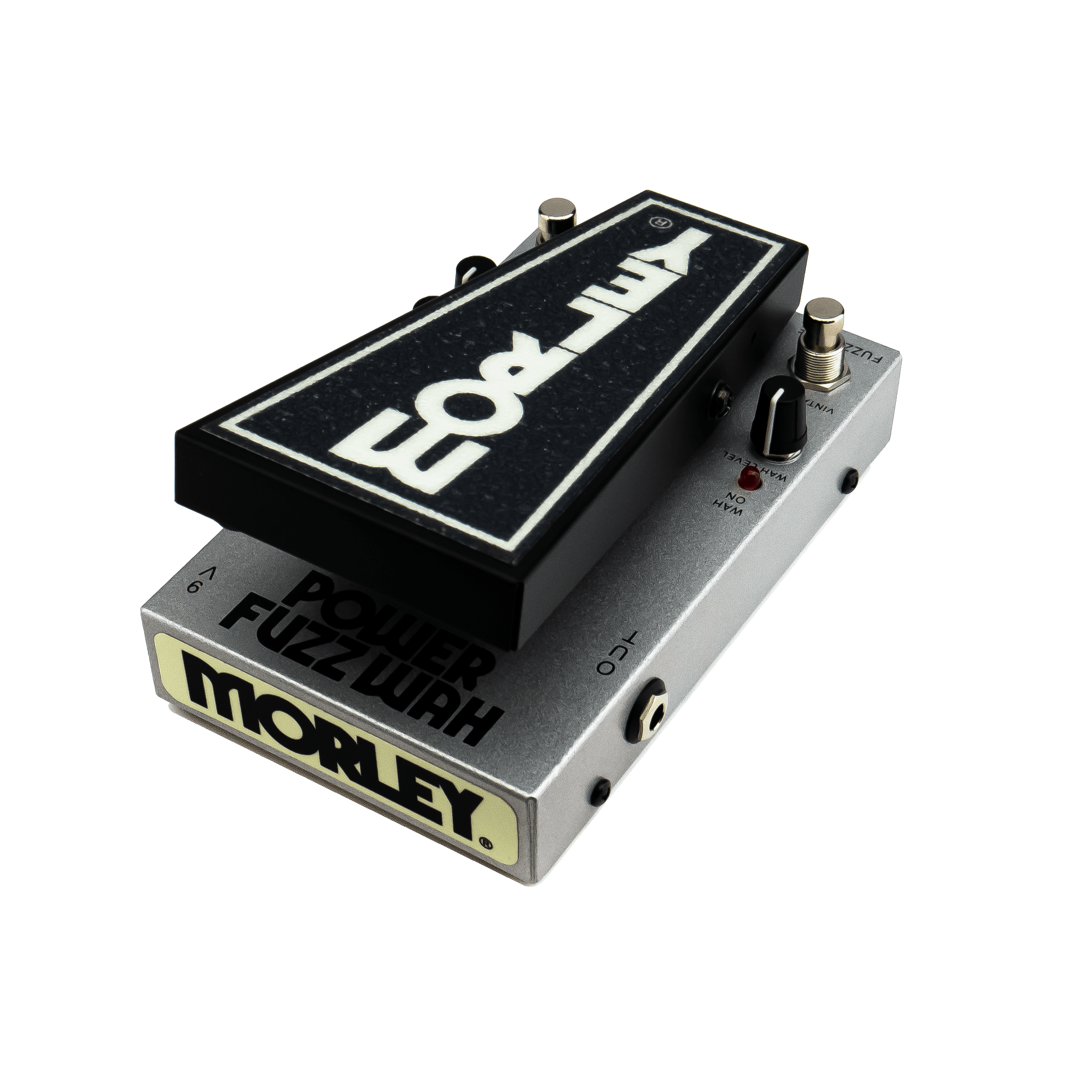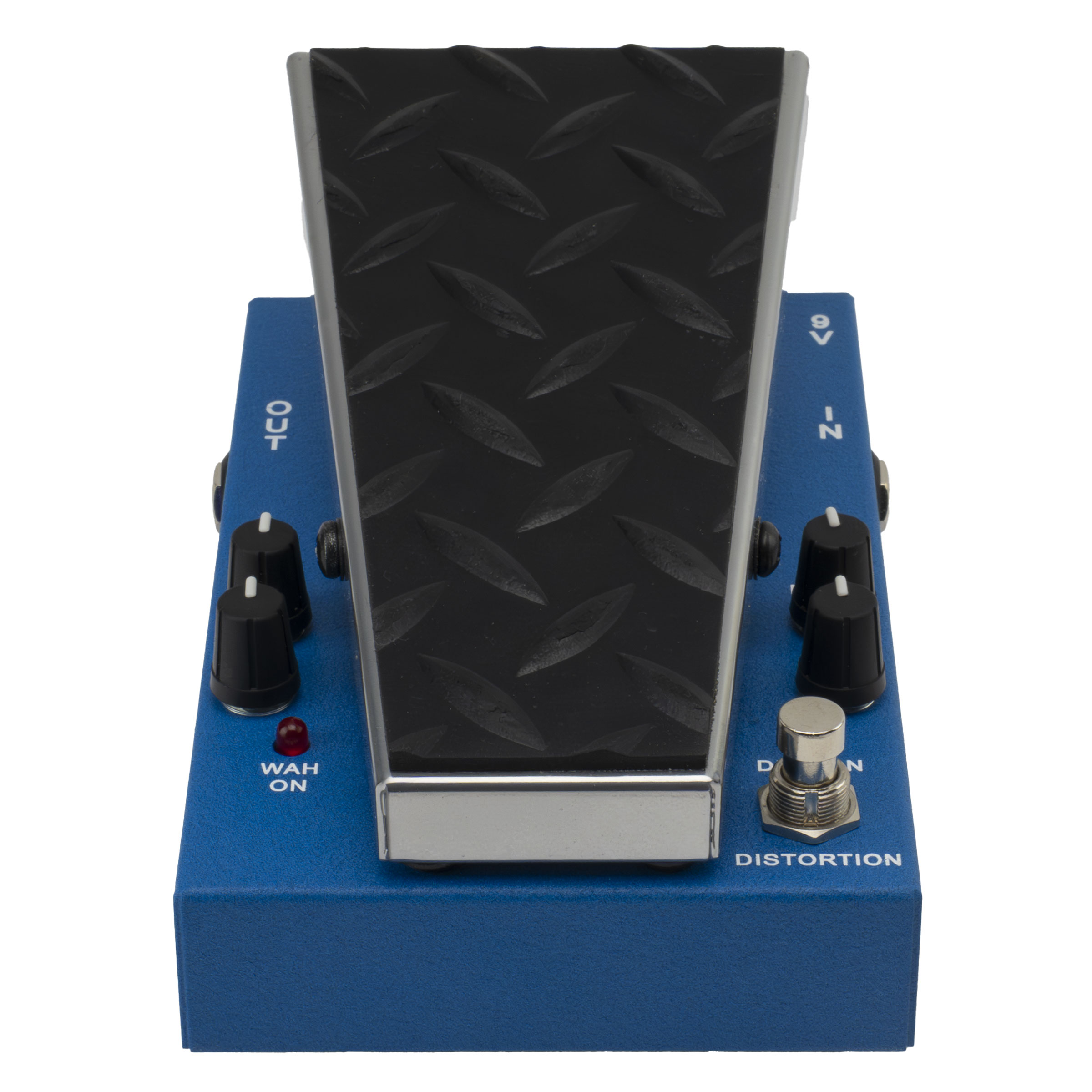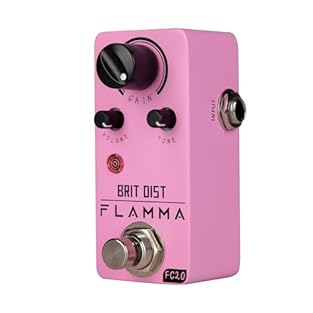Tasty Pedals made by Mooer
Mooer is a Chinese company that produces affordable, compact guitar effects pedals and other music equipment.
Established in 2010, Mooer quickly gained popularity for its “Micro-Series” pedals, which are small but deliver a wide range of effects, from overdrive and distortion to reverb, delay, and modulation. Despite their budget-friendly price, Mooer pedals are appreciated for their solid build quality, ease of use, and impressive sound.
The company also offers multi-effects units, amplifiers, and accessories, catering to both beginner and experienced musicians who seek reliable gear without breaking the bank. Mooer’s products are widely used by guitarists worldwide, particularly those who value portability and versatility in their setups.
Just Pedal Ingredients.
Distortion — Distortion pedals take your clean guitar signal and transform it into something bigger, bolder, and full of attitude. By clipping the waveform, they add sustain, bite, and aggression, creating that thick, compressed tone that’s powered rock music for decades. From the growling crunch of classic hard rock to the tight, saturated roar of modern metal, distortion is all about energy and presence. It gives every note weight and authority, pushing your amp to its limits and beyond.
There are countless flavours of distortion, each with its own texture and edge. Some sound smooth and creamy, others raw and gnarly like tearing fabric. It’s the sonic equivalent of turning up the heat until the sound cooks — rich, sizzling, and perfectly seasoned to taste. Whether used for rhythm muscle or soaring leads, a good distortion pedal doesn’t just add volume; it adds personality, grit, and that unmistakable sense of power under your fingers.. Pedal — Your pedal is like a signature dish for your sound — a flavour-packed creation that transforms the bland ingredients of your guitar into something unforgettable. Each one adds its own seasoning, texture, and heat, turning a simple meal into a feast of tone.
These tasty little boxes sit in a row, like plates on a buffet, letting you mix and match flavours as you play. With one tap of your foot, you can swap sweet for spicy, subtle for smoky, and serve up something completely new. From the comfort food of warm overdrive to the fiery kick of fuzz, from smooth jazz sauce to heavy-metal spice, pedals give players a full menu of options to express their taste. And just like with food — once you’ve tried one dish, you’ll want to sample them all.
Collecting, trading, and discovering new flavours soon becomes part of the joy of being a tone-loving gourmet geek with a guitar.. Wah — A wah pedal is one of the most expressive tools a guitarist can use, creating that classic “wah-wah” sound by sweeping through frequencies as you move the foot pedal. It acts like a dynamic tone filter, emphasising different parts of the frequency range to make your guitar almost sing. This makes it great for funk rhythms, blues solos, and psychedelic leads, giving your playing a human, vocal-like character that reacts directly to your movement.
From the vintage tones of Jimi Hendrix and Clapton to modern rock and metal, the wah remains a timeless effect. It can be used subtly to shape tone or dramatically to cut through a mix with rhythmic sweeps. Many modern wahs also offer adjustable Q, range, and boost options, allowing you to fine-tune their response. A good wah pedal becomes a true extension of your playing style, adding expression, energy, and soul to every note..
